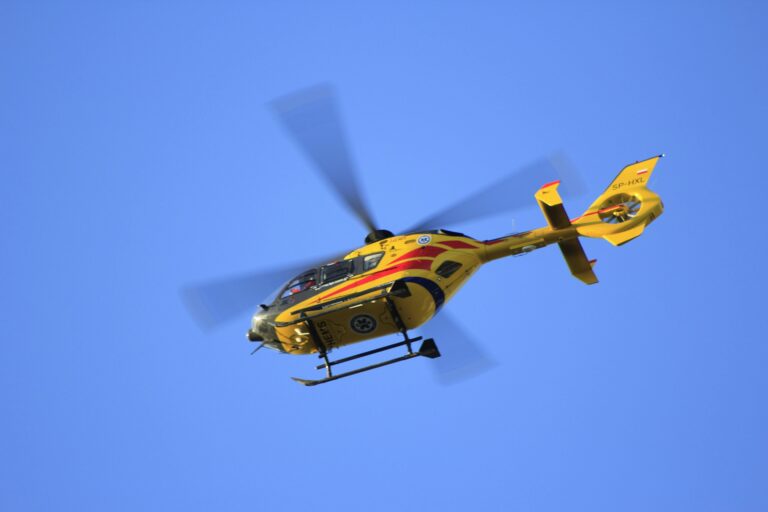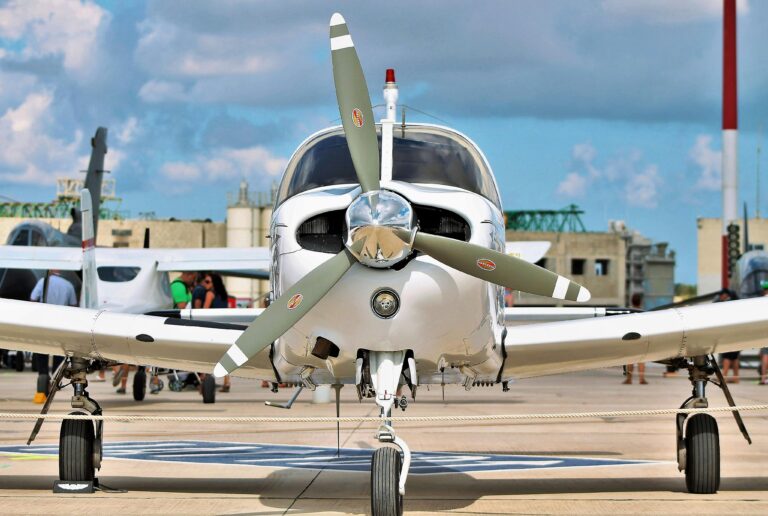What Does It Take to Become an Experimental Test Pilot?
Becoming an experimental test pilot is one of the most demanding and prestigious careers in aviation. These professionals are responsible for pushing the boundaries of aircraft performance, safety, and technology. But what does it take to achieve this incredible feat?
In this guide, we’ll explore the rigorous qualifications, skills, and training required, as well as the unique challenges faced by experimental test pilots.
What Is an Experimental Test Pilot?
An experimental test pilot is an aviator responsible for testing and evaluating aircraft designs during their developmental phases. Unlike regular test pilots who assess aircraft already in production, experimental test pilots focus on prototype aircraft.
This role often involves flying under extreme conditions to ensure the aircraft’s safety, functionality, and adherence to design goals.
Key Responsibilities:
- Conducting detailed test flights of prototype aircraft.
- Identifying and reporting design flaws or performance issues.
- Collaborating with engineers to improve aircraft systems.
- Ensuring compliance with safety regulations.
This highly specialized role is critical to advancing aviation technology and maintaining safety in the skies.
You may be interested: Top 10 Must-See Kit Planes for Builders and Flyers
Educational and Professional Requirements
Military Pathway
Many experimental test pilots begin their careers in the military. Programs like the U.S. Air Force Test Pilot School or the U.S. Army’s Experimental Test Pilot Program are renowned for their rigorous training and high standards.
Civilian Pathway
Although less common, it is possible to pursue this career as a civilian. A degree in aerospace engineering, combined with significant flight experience, is often required.
Key Qualifications:
- Academic Background: A degree in engineering, physics, or mathematics is often mandatory.
- Flight Hours: Most programs require at least 1,500 flight hours in various aircraft.
- Certifications: Commercial pilot certification and instrument ratings are essential.
Skills Required to Excel
Becoming an experimental test pilot is not just about flying skills—it requires a unique blend of technical expertise, physical endurance, and mental agility.
Technical Knowledge
An experimental test pilot must understand the aircraft’s engineering, systems, and limitations. This technical expertise is crucial for identifying potential design flaws.
Problem-Solving Skills
Experimental flights often involve unforeseen challenges. Quick thinking and adaptability are critical for navigating these situations safely.
Physical Fitness
Test pilots endure high levels of physical stress, including rapid acceleration, extreme g-forces, and long hours in the cockpit. Maintaining physical fitness is essential.
Attention to Detail
Precision and accuracy are vital in documenting flight test results and identifying even the smallest irregularities in performance.

Training Programs for Experimental Test Pilots
Military Test Pilot Schools
Institutions like the U.S. Air Force Test Pilot School (TPS) and the U.S. Naval Test Pilot School (USNTPS) provide world-class training. These programs combine classroom instruction with extensive flight testing.
Society of Experimental Test Pilots (SETP)
The SETP is a professional organization that supports test pilots worldwide. Membership in this society is highly respected and offers opportunities for networking and career advancement.
Civilian Training Opportunities
Although rare, some private institutions and manufacturers offer training programs for civilians. These programs often focus on specific aircraft types, such as experimental or prototype designs.
Challenges of Being an Experimental Test Pilot
Risk of Flight Testing
Testing prototype aircraft is inherently risky. Pilots must be prepared for potential emergencies, including engine failures or untested system malfunctions.
Intense Work Schedule
Experimental test pilots often work long hours, balancing flight tests with extensive reporting and collaboration with engineers.
Continuous Learning
The aviation industry evolves rapidly, requiring test pilots to stay updated on the latest technologies, systems, and safety protocols.
The Role of the Society of Experimental Test Pilots
The Society of Experimental Test Pilots (SETP) plays a pivotal role in advancing the profession. Founded in 1955, this organization provides a platform for test pilots to share knowledge, improve safety standards, and recognize achievements within the field.
Membership Benefits:
- Access to cutting-edge research and industry insights.
- Opportunities to participate in conferences and symposiums.
- Recognition through prestigious awards, such as the Iven C. Kincheloe Award.
The SETP fosters a sense of community and collaboration among experimental test pilots, ensuring the profession’s continued growth and innovation.
You will like it: The Ultimate Guide to Aircraft Kits: Everything You Need to Know
Differences Between Test Pilots and Experimental Test Pilots
While the terms “test pilot” and “experimental test pilot” are often used interchangeably, they represent distinct roles in aviation.
Test Pilots:
- Focus on production aircraft.
- Assess operational safety and performance under normal conditions.
Experimental Test Pilots:
- Work with prototype and experimental aircraft.
- Conduct high-risk tests to evaluate new designs and technologies.
Conclusion
Becoming an experimental test pilot requires unparalleled dedication, skill, and resilience. From extensive training to overcoming unique challenges, these aviators play a crucial role in advancing aviation technology and safety. If you aspire to join their ranks, start by building a strong foundation in engineering, gaining flight experience, and pursuing opportunities to grow within the industry.
The journey may be demanding, but the rewards of contributing to the future of aviation are immeasurable.






